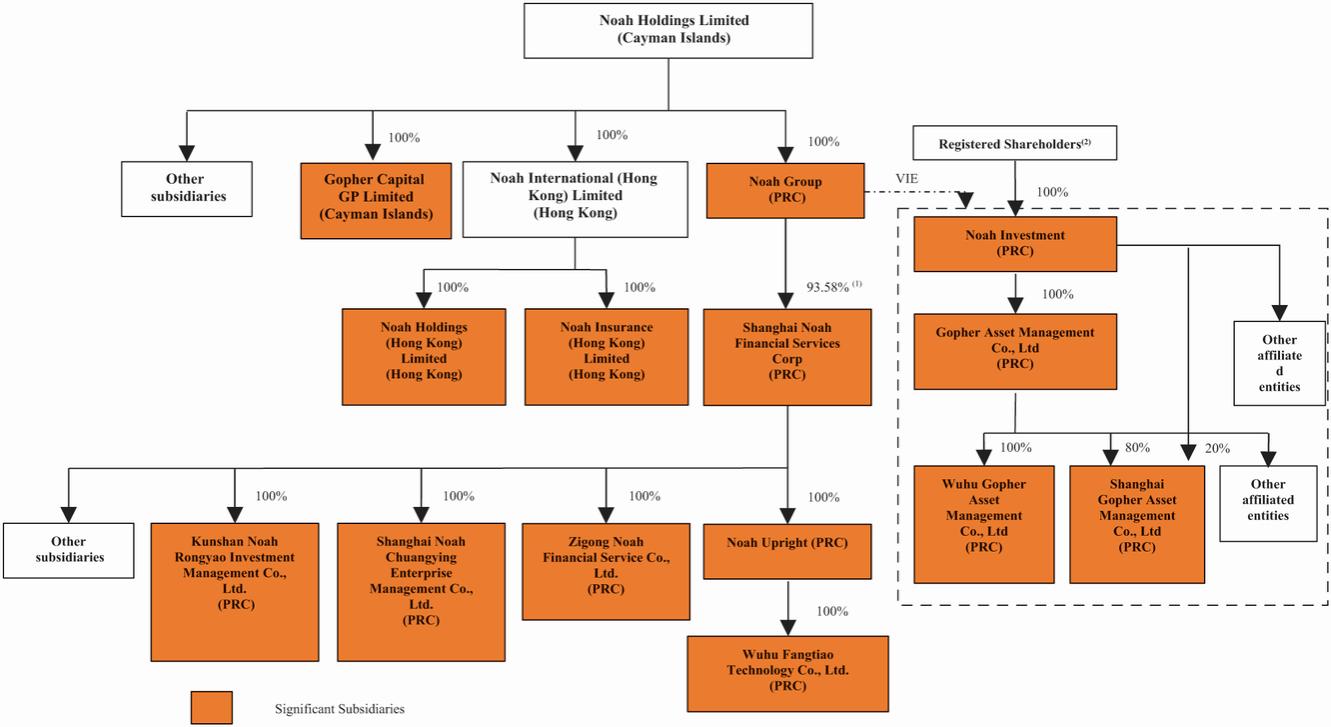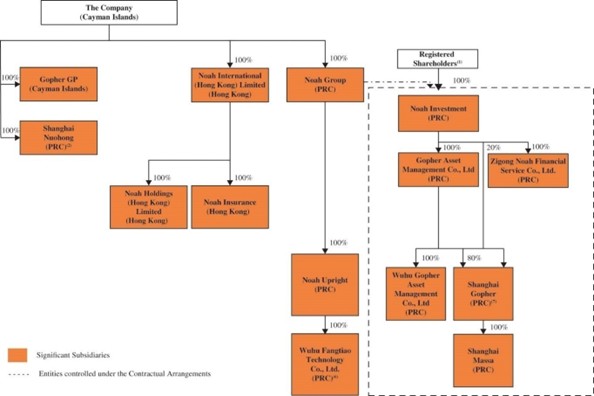Ms. Jingbo Wang is one of our foundersFounders and has been our Chairwomanchairwoman since our inception in August 2005 and the chief executive officer since our inception. She won the Award of Top 30 Most Influential Business Woman in China in 2019 by ICEO. In 2017, Ms. Wang was listed on Forbes’ China Top 100 Businesswomen and China Best Listed-Company Female CEOs. In 2017, she was recognized as an Outstanding Leader of the Year by Wealth APAC, and received International Women’s Entrepreneurial Challenge Award from IWEC Foundation.until December 29, 2023. Ms. Wang has over 2022 years of experience in wealth management and asset management industries. Prior to co-founding our company, from May 2000 to September 2005, Ms. Wang worked in several departments and affiliates of Xiangcai Securities Co., Ltd. (“Xiangcai Securities”), a securities firm in China. Ms. Wang served as headthe general manager of private banking department at Xiangcai Securities from August 2003 to September 2005, whereduring which she established the securities firm’s wealth management business. Prior to that, she workedserved as thea deputy headgeneral manager of ABN AMRO Xiangcai Fund Management a joint venture fund management company,Co., Ltd. (currently known as Manulife Teda Fund Management Co., Ltd.), an affiliate of Xiangcai Securities, from February 2002 to August 2003, and as the head of the asset management department at Xiangcai Securities from May 2000 to February 2002. Ms. Wang was recognized as one of Top 30 Most Influential Business Woman in China in 2019 by China Entrepreneur. In 2017, she was listed on Forbes’ China Top 100 Businesswomen in 2017. In the same year, she was also recognized as an Outstanding Leader of the Year by Wealth APAC, and received her master’s degree in management in December 1999 and her bachelor’s degree in economicsInternational Women’s Entrepreneurial Challenge Award from Sichuan University in China.the International Women’s Entrepreneurial Challenge (IWEC) Foundation. Ms. Wang also graduated from Global CEO Program of China Europe International Business School in Shanghai, China, in September 2009. In addition, she was one of the graduates of the third session of Hupan University.Ms. Wang received her master’s degree in management in December 1999 from Sichuan University in Sichuan, China.
Mr. Zhe Yin is one of our founders and has been our director since June 2007. He was appointed as the ceief executive officer on December 29, 2023. Mr. Yin is a highly accomplished senior executive in the wealth and asset management industry with over 22 years of professional experience and possesses an indepth understanding of our inception.operations and culture. He has alsobeen serving as the chairman of Gopher Asset Management since March 2021, and served as the chief executive officer of Gopher Asset Management from April 2014 to March 2021 and has served as the chairman of the boardasset sector of Gopher Asset Management from February 2010 to April 2014, then from March 2021 till now. Mr. Yin has over 16 years of experience in wealth management and asset management industries. Mr. Yin served as a Co-Chairman of China’s Fund of Funds Association from 2017 to 2020. He was (i) named as one of the Top 20 Chinese Private Equity Investors by CV Info in 2017, and (ii) named as one of the Top 50 Chinese Private Equity Investors by CV Info in 2019.2014. Prior to co-founding our company, Mr. Yin was the deputy general manager of the private banking departmentworked at Xiangcai Securities from November 2003 to September 2005. Prior2005 as a deputy general manager of the private banking department. From July 1997 to that, he workedOctober 2003, Mr. Yin served as various positions at Bank of Communications Co., Ltd. Shanghai Branch, with his last position as the foreign exchange product manager of China from July 1997private finance division. From August 2021 to October 2003.September 2022, Mr. Yin has been servingserved as a director of Dalian Zeus Entertainment Co., Ltd., the shares of which are listed on the Shenzhen Stock Exchange (stock code: 002354). From November 2017 to June 2021, Mr. Yin served as an independent director of Guizhou Xinbang Pharmaceutical Co., Ltd. (SZSE: 002390), a pharmaceutical companythe shares of which are listed on the Shenzhen Stock Exchange since November 2017.(stock code: 002390). Mr. Yin served as a co-chairman of the Fund of Funds Professional Committee of Asset Management Associate of China from 2017 to August 2021. He was named as one of the Top 20 China’s Best Private Equity Investors in 2017 and as one of the Top 50 China’s Best Private Equity Investors in 2019, respectively, by ChinaVenture Investment Consulting., Ltd., a leading financial services technology enterprise in China’s private equity investment industry. Mr. Yin received his MBA degree from China Europe International Business School in Shanghai, China, in September 2010 and his bachelor’s degree in economics from Shanghai University of Finance and Economics in Shanghai, China, in July 1997, and graduated with a MBA degree from China Europe International Business School in September 2010.1997.
Ms. Chia-Yue Chang has been our director since August 2007 until her re-designation from a Director to a non-executive Director on August 29, 2023. She currently holds certain non-executive positions within the Group, including, among others, the vice chairman of the board of Noah Upright and a non-executive director of Noah Investment. She served as the chief marketing officer from January 2017 to February 2021, and served as the general manager of Noah Upright from July 2011 to AprilMarch 2018 thenand from March 2019 tillto December 2020, and2020. She now has been serving as the responsible personvice director of Noah Upright since July 2021. From March 2021, she has also been serving as the director of the Ethics Compliance Committee (Including Discipline Supervisionethics compliance committee (including discipline supervision and Compliance)compliance), Fairness Committeethe ESG committee and the Sustainable Development Committeefairness committee, respectively, of our company, as well as the honorary chairperson Noah Non-Profit Fund Committee since March 2021.company. Ms. Chang received her mastermaster’s degree in library science from University of California, Los Angeles in California, the U.S., in March 1987, and her bachelor’s degree in library science from National Taiwan University in Taiwan, in June 1983.
Mr. Neil Nanpeng ShenKai Wang, aged 38, a non-executive Director since August 29, 2023, has been our directorextensive experience in venture capital and private equity investment. In July 2010, Mr. Wang joined Hongshan Capital and has since January 2016.held various roles within the firm. His responsibilities have encompassed investment sourcing, investment recommendations, and post-investment management. Currently, Mr. Shen has been the foundingWang is serving as a managing partner of Sequoia Capital China since September 2005. Prior to founding Sequoia Capital China, Mr. Shen co-founded Trip.com Group Ltd (TCOM.NASDAQ), formerly Ctrip.com International, Ltd. (CTRP.NASDAQ), or Ctrip, a leading travel service provider in China, in 1999. Mr. Shen served as Ctrip’s president from August 2003 to October 2005 and as chief financial officer from 2000 to October 2005. Mr. Shen also co-founded and served as non-executive Co-Chairman of Homeinns Hotel Group, a leading economy hotel chain in China, which commenced operations in July 2002. Mr. Shen has been (i) an independent non-executive director of Ctrip (TCOM.NASDAQ) since 2008; (ii) a non-executive director of BTG Hotels Group (600258.SHSE), a company listed on the Shanghai Stock Exchange, since January 2017; (iii) a non-executive director of Meituan (formerly Meituan Dianping) (03690.HKEX), a company listed on the Hong Kong Stock Exchange, since October 2015; (iv) an independent non-executive director of Pinduoduo Inc. (PDD.NASDAQ), a company listed on NASDAQ, since April 2018; and (v)Hongshan Capital. He has also been serving as a director of Ninebot Limited (689009.SHSE)Shanghai Noah Yijie Financial Technology Co., Ltd., a company listed onsubsidiary of the Shanghai Stock Exchange,Company, since July 2015. Mr. Shen previously served (i) from June 2018November 2019, mainly responsible for overseeing its management and development and providing strategic guidance. From August 2007 to June 2020, a non-executive director of China Renaissance Holdings Limited (01911.HKEX); (ii) from February 2017 to August 2018, a non-executive director of FinVolution Group (formerly PPDAI Group Inc.) (FINV.NYSE); (iii) from December 2015 to December 2018,2010, Mr. Wang served as an independent non-executive director of Momo Inc. (MOMO.NYSE); and (iv) from February 2018 to May 2020, a non-executive director of 360 Security Technology Inc. (601360.SHSE).assistant manager at KPMG Advisory (China) Co., Ltd., primarily responsible for transaction advisory. Mr. ShenWang received his Master’s degree from Yale University in November 1992 and his Bachelor’sbachelor’s degree in applied mathematicsinternational economics and trade from Shanghai Jiao Tong University of International Business and Economics in Beijing, China, in July 1988.2007.
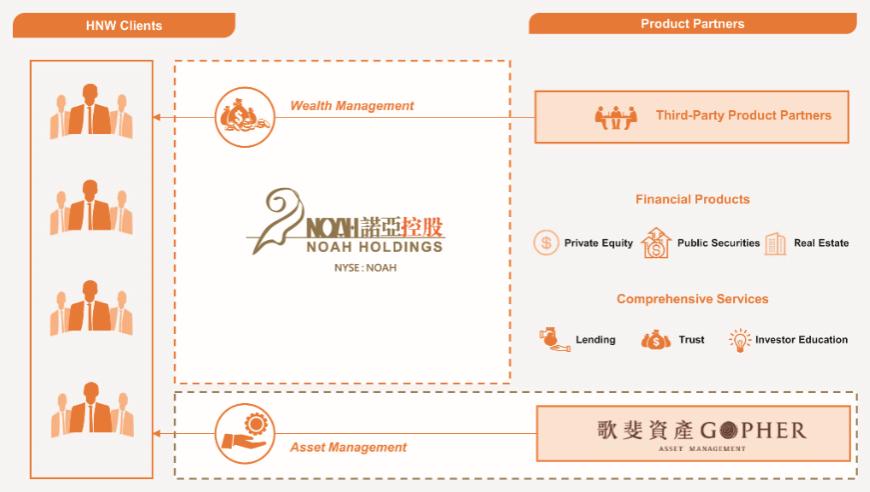
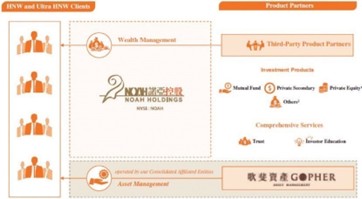
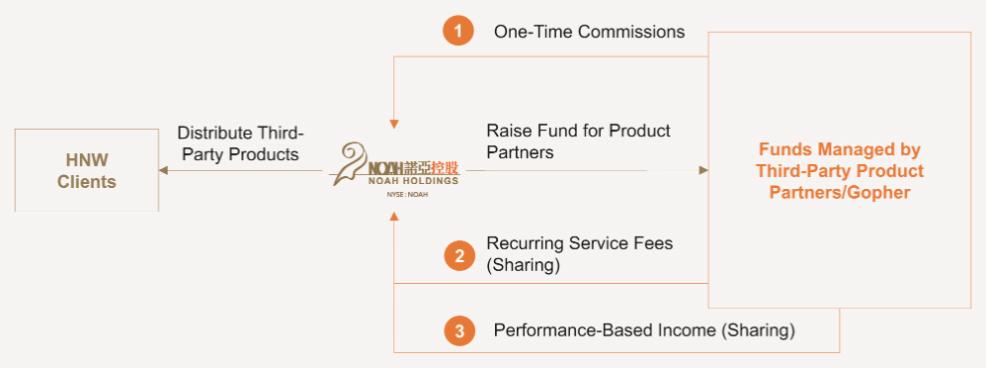

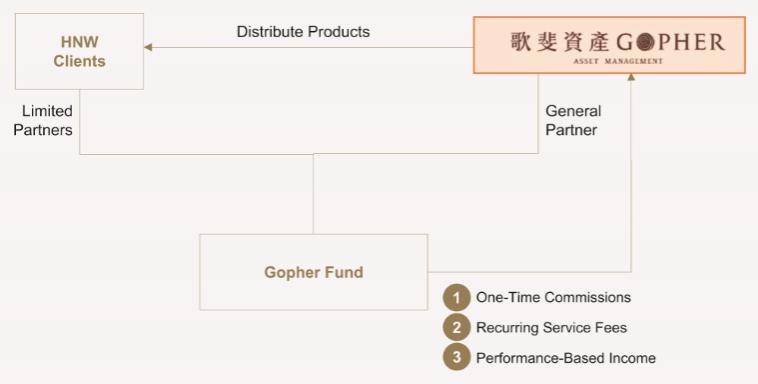
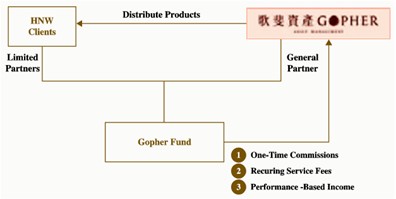
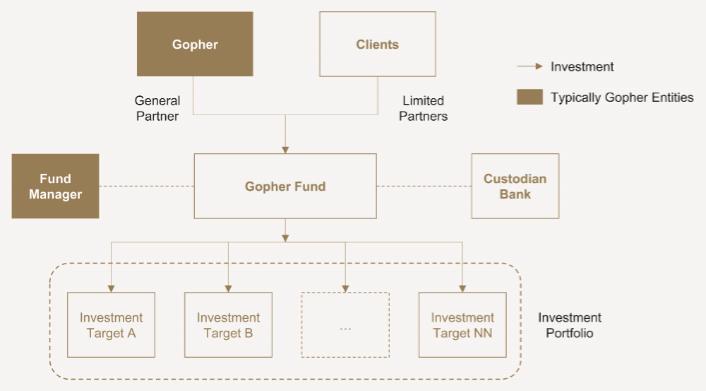
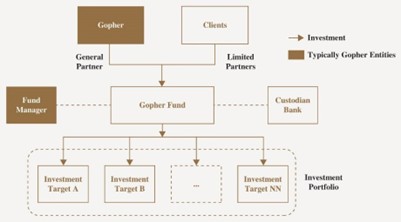
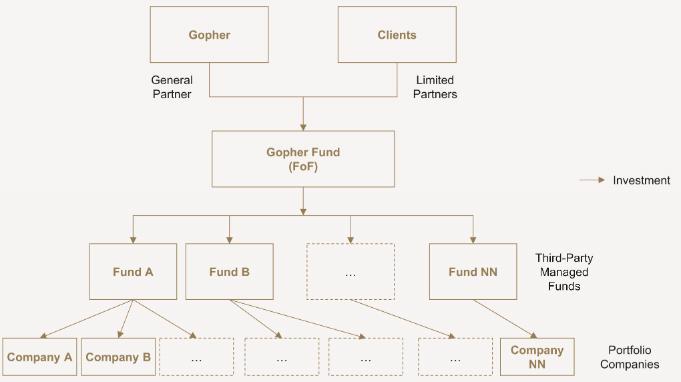

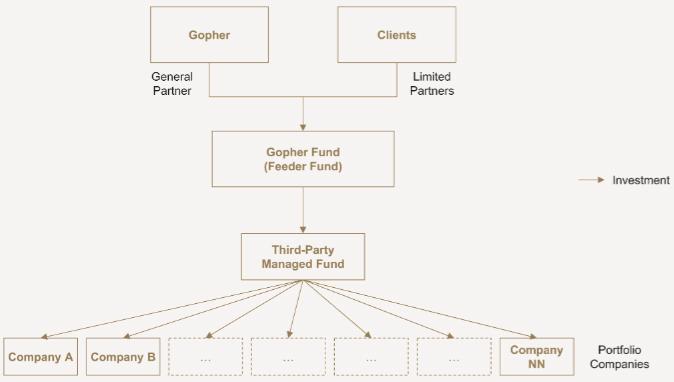

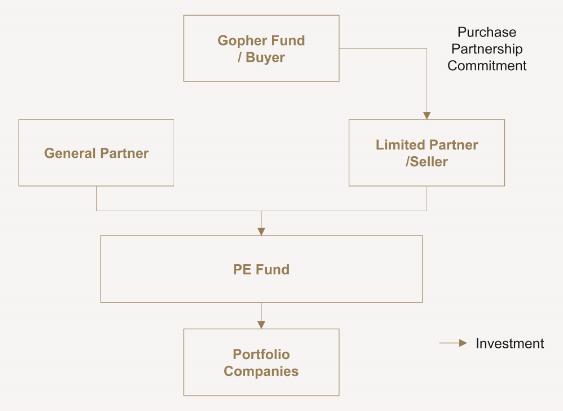


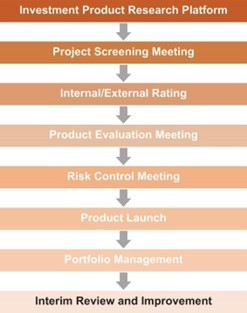
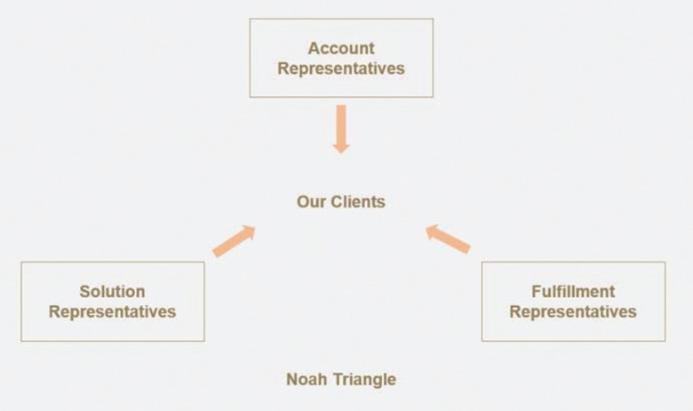

 owned by
owned by 
 owned by Gopher has also been recognized as a “Well-known Trademark” in mainland China.
owned by Gopher has also been recognized as a “Well-known Trademark” in mainland China.